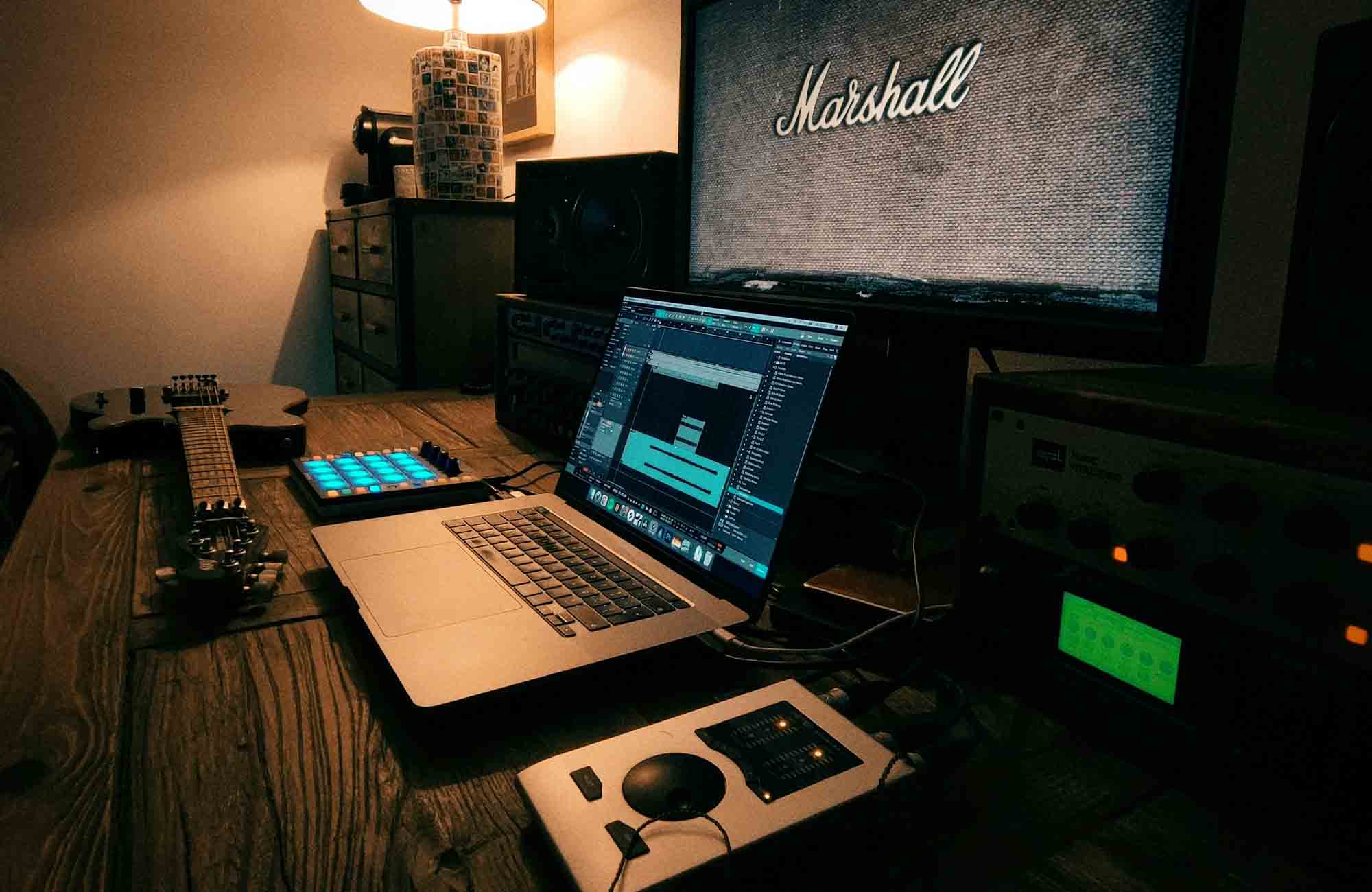
2024’s Best Digital Audio Workstations: Features & Innovations
In 2024, the landscape of Digital Audio Workstations (DAWs) has evolved significantly, offering an array of sophisticated features tailored to meet the needs of musicians, producers, and audio engineers at all levels. These software applications are the backbone of music production, offering tools for recording, editing, mixing, and mastering audio. This comprehensive guide will delve into the best DAWs available in 2024, highlighting their standout features, usability, and how they cater to different users.
1. Ableton Live
Ableton Live continues to be a favorite among electronic musicians and live performers due to its seamless blend of production and performance features. The 2024 version builds on its intuitive clip-based approach to music creation, offering enhanced MIDI and audio editing capabilities. One of its most lauded features is the Session View, which provides a unique non-linear approach to music composition, allowing artists to experiment with ideas in real-time.
Key Features:
- Advanced warping and real-time audio stretching.
- Comprehensive MIDI support for electronic instruments and hardware integration.
- Built-in instruments and effects, ranging from synthesisers to samplers and dynamic processors.
- Max for Live, offering endless possibilities for custom devices and extensions.
Read more about Ableton Live: https://www.ableton.com/live/
2. Logic Pro
Exclusively available on macOS, Logic Pro is renowned for its sophisticated functionality, which caters to professionals. The latest version introduces groundbreaking spatial audio production tools, making it a go-to DAW for those working in film scoring and multimedia projects. Its extensive library of sounds and instruments, alongside a suite of advanced mixing and editing features, solidifies its place as a powerhouse in the industry.
Key Features:
- Comprehensive sound library with thousands of instruments and loops.
- Advanced mixing and automation tools.
- Spatial audio and Dolby Atmos support.
- Seamless integration with Final Cut Pro for multimedia projects.
Read more about Logic Pro: https://www.apple.com/logic-pro/
3. FL Studio
FL Studio is celebrated for its user-friendly interface and powerful production capabilities, particularly in the realms of electronic music and beat-making. The 2024 version enhances its piano roll, which is already considered one of the best for MIDI composition, adding more advanced editing features for intricate note and rhythm manipulation.
Key Features:
- Highly intuitive workflow for both beginners and professionals.
- Extensive plugin suite with over 80 instruments and effects.
- Lifetime free updates, ensuring users always have access to the latest features.
- Advanced automation, sequencing, and mixing capabilities.
Read more about FL Studio: https://www.image-line.com/fl-studio/
4. Pro Tools
Pro Tools remains the industry standard in professional recording studios worldwide, known for its advanced editing, mixing, and mastering capabilities. The 2024 edition focuses on enhancing collaborative workflows, allowing artists, producers, and engineers to work together seamlessly, irrespective of geographical barriers.
Key Features:
- High-end audio recording and editing capabilities.
- Avid Cloud Collaboration for real-time project sharing and collaboration.
- Comprehensive mixing and automation tools with advanced metering.
- Extensive support for third-party plugins and hardware interfaces.
Read more about Pro Tools: https://before-www.avid.com/pro-tools
5. Cubase
Steinberg’s Cubase has a long-standing reputation for its versatility, catering to musicians, songwriters, and composers. The 2024 update emphasizes workflow efficiency and creative inspiration, introducing new composition tools and enhancing its already powerful mixer and audio engine.
Key Features:
- Advanced MIDI and audio editing tools.
- Chord Track and Chord Pads for easy chord progression and harmonization.
- Integrated scoring and notation for composers.
- Virtual Reality production suite for immersive audio projects.
Read more about Cubase: https://www.steinberg.net/cubase/
6. Studio One
PreSonus Studio One has quickly ascended in the ranks, known for its drag-and-drop functionality and efficient workflow. The latest version builds on its ease of use, introducing new smart features for audio editing and composition, alongside enhanced integration with PreSonus hardware.
Key Features:
- Single-window work environment with drag-and-drop functionality.
- Project Page for integrated mastering, publishing, and distribution.
- Advanced audio editing features with harmonic editing for MIDI.
- Tight integration with PreSonus audio interfaces and controllers.
Read more about Studio One: https://www.presonus.com/studio-one.html
Conclusion
The best DAW for a musician depends largely on their specific needs, workflow preferences, and the type of music they intend to create. Whether you’re a live performer, a studio producer, or a composer, the DAWs listed above offer a range of tools designed to streamline the music production process. From Ableton Live’s performance-oriented workflow to Logic Pro’s sophisticated production tools, and FL Studio’s beat-making prowess, each DAW brings something unique to the table. The key is to explore these options, consider the features that matter most to you, and choose a DAW that aligns with your creative vision and workflow.
Browse Beats & Instrumentals
Check out my extensive catalog of more than 500 custom-made beats and instrumentals, available for free download or licensing.


No Comments